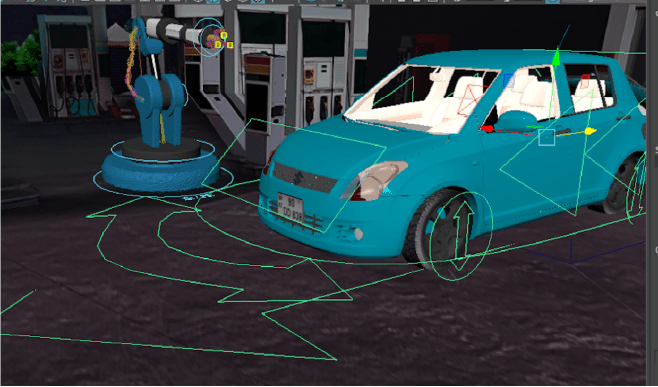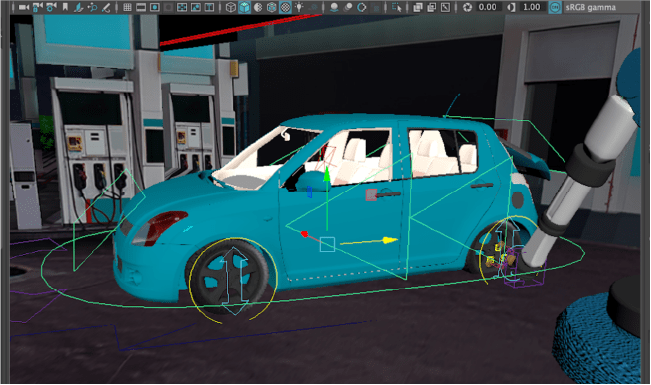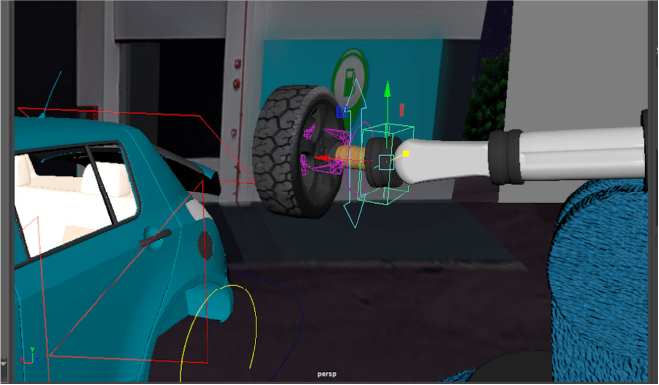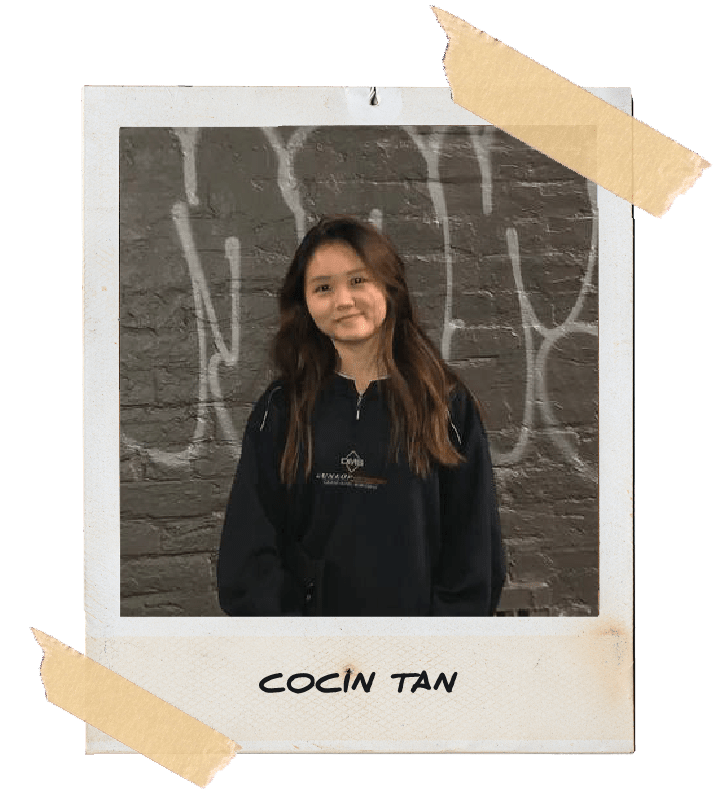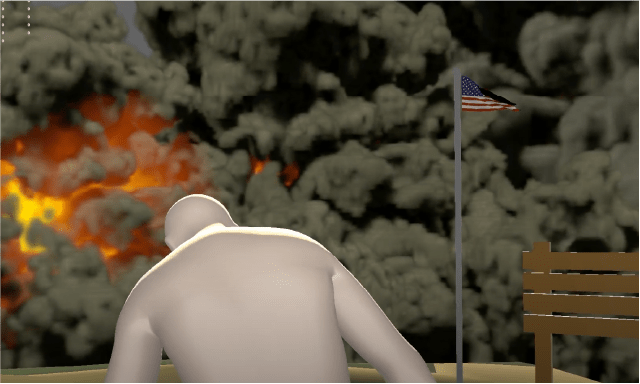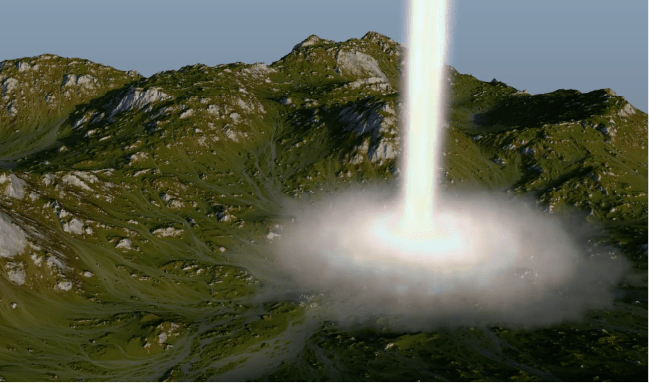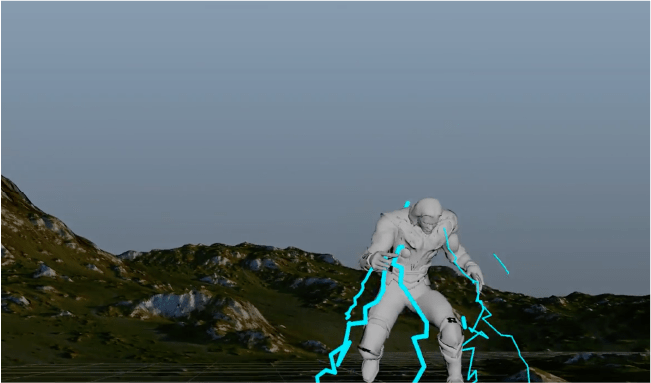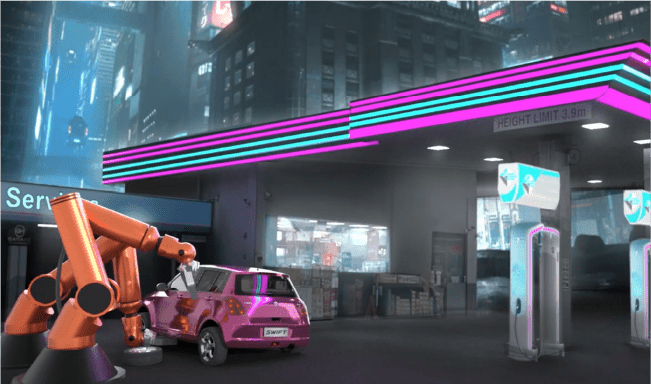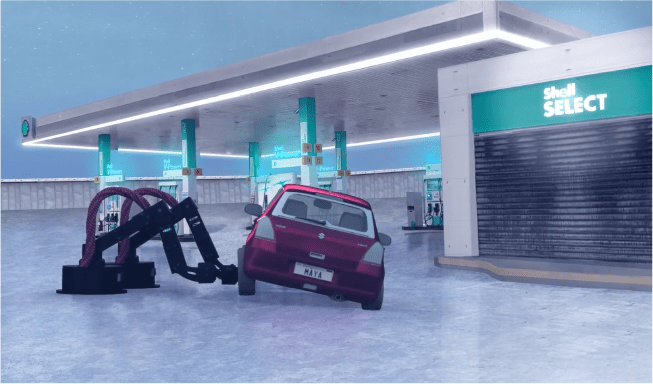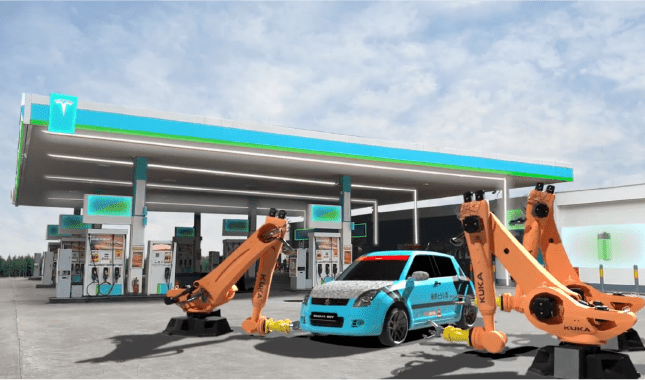The Visual Effects (VFX) course equips students with the creativity and passion for the exciting world of visual effects with valuable production techniques and creative skills. Modules offered cover the entire VFX production process from conceptualisation to realisation, which ranges from storyboarding and rendering, to special effects and advanced post-production. Students are offered Applied Learning opportunities along their journey, including shooting film sets and scenes in an industry-standard green screen studio with top-notch equipment.
